The Yellow Crane Tower (黄鹤楼), located in Wuhan, Hubei Province, China, stands as a testament to history and cultural significance. Its origins trace back to the Three Kingdoms period in 223 AD, with multiple renovations and rebuilds over the centuries. The current structure draws inspiration from the Qing Dynasty’s “Tongzhi Tower” and was meticulously reconstructed in 1985. This iconic tower has gained worldwide recognition due to the poem “Yellow Crane Tower” written by the Tang Dynasty poet Cui Hao, elevating its status as a symbol of literary and architectural excellence.
Table of Contents
- Location and Transportation
- Map of Yellow Crane Tower
- Yellow Crane Tower Poem
- Highlights of Yellow Crane Tower
- Vlog about Yellow Crane Tower
- Legends about Yellow Crane Tower
- History of Yellow Crane Tower
- Useful Tips Summarized from Reviews
- Attractions near Yellow Crane Tower
Basic Information
| Website | http://www.cnhhl.com/ |
| Estimated Lenght of Tour | 1 – 2 hours |
| Ticket Price | Daytime: 70 RMB Nighttime: 120 RMB Chime Bell Performance: 50 RMB |
| Opening Hours | Day Tour: 8.30 – 18.00 Night Tour: 19.30 – 22.00 |
| Chime Bell Performance | Ticket Price: 30 CNY per person Timetable: 10:30; 11:30; 12:30; 14:00; 15:00; 16:00 |
| Telephone Number | 0086-027-88875096 |
Location and Transportation
The Yellow Crane Tower is located in the Wuchang District of Wuhan, Hubei Province, China. Perched atop the summit of She Shan (Snake Hill), it offers a commanding view of the majestic Yangtze River, which stretches for thousands of miles. To get there, you can choose the following ways:
Bus: Take bus 10, 401, 504, YX10, Tram 1, or Tram 7 and get off at Huanghe Tower Stop (黄鹤楼站).
Metro: The closest metro station to this historical site is Simenkou Huanghelou (司门口黄鹤楼) on line 5. After getting out of the station from Exit 1, the Yellow Crane Tower will be right across the street.
Map of Yellow Crane Tower
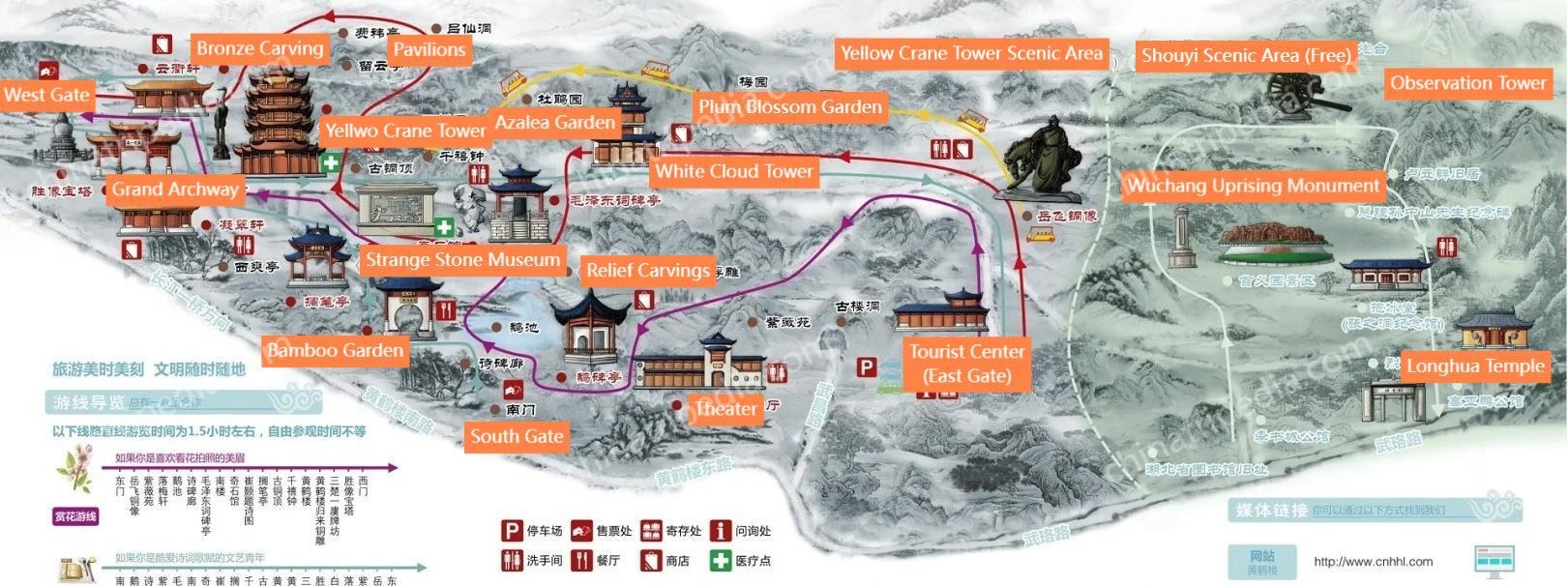
Yellow Crane Tower Poem
Chinese Version:
昔人已乘黄鹤去,
此地空余黄鹤楼。
黄鹤一去不复返,
白云千载空悠悠。
晴川历历汉阳树,
芳草萋萋鹦鹉洲。
日暮乡关何处是?
烟波江上使人愁。
English Translation:
Immortal in the past flew away on yellow crane’s back.
Now only an empty Yellow Crane Tower is left behind.
The yellow crane, once went away, has not come back.
For a thousand years, clouds drift around without a care.
On sunny day, trees at Hanyang plain are clearly visible.
Aromatic grass is grown luxuriantly all over Parrot Isle.
As sundown darkness descends, where’s my hometown?
Mist and ripples on river trigger a melancholy sentiment.
Highlights of Yellow Crane Tower
Historical Significance

From ancient times, the Yellow Crane Tower has been hailed as the “finest under heaven” for its breathtaking beauty. Alongside the nearby attractions of Qingchuan Pavilion and Guqin Platform, it is known as one of the “Three Great Sites of Wuhan.” Furthermore, it shares a prestigious rank with Yueyang Tower in Hunan and Tengwang Pavilion in Nanchang, collectively known as the “Three Great Towers of Southern China.” The Yellow Crane Tower is regarded as the foremost among the “Ten Scenic Wonders of Wuhan,” one of China’s “Four Great Ancient Towers,” and among the “Ten Historical and Cultural Towers of China,” earning the title of the “Number One Tower under Heaven.”
Architectural Marvel
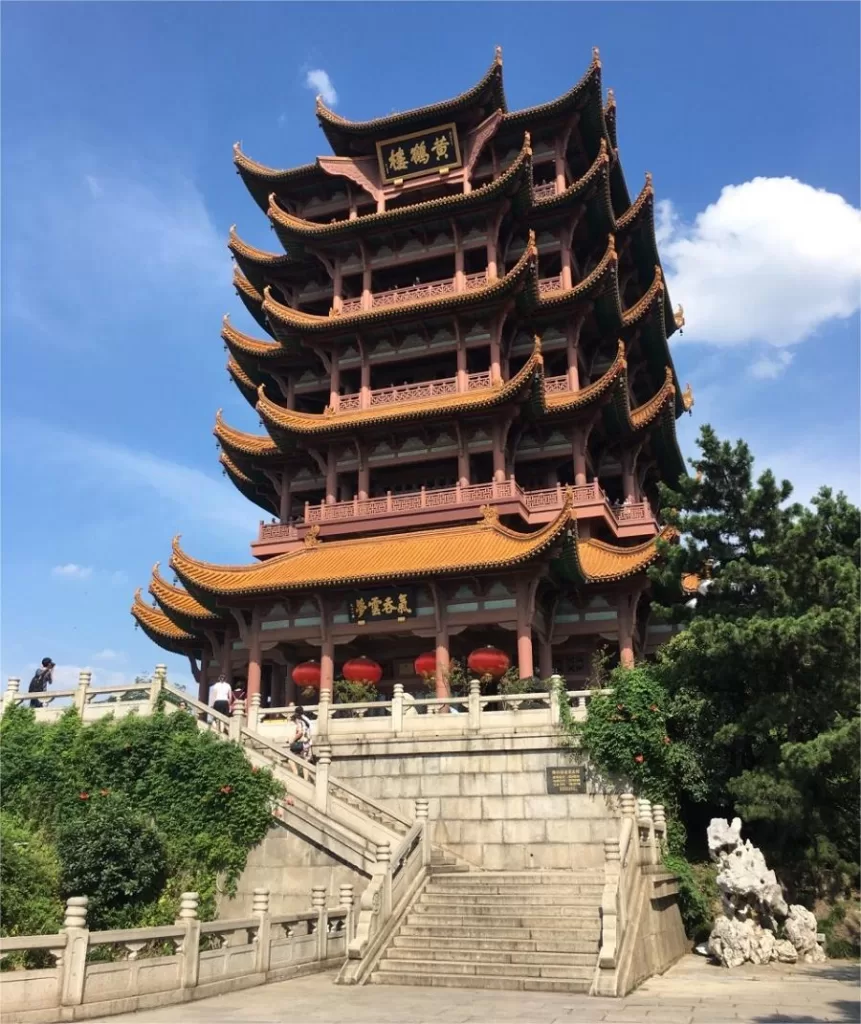
The Yellow Crane Tower’s main structure is a magnificent octagonal building within a square frame, constructed using a steel-reinforced concrete framework that mimics traditional wooden architecture. It reaches a towering height of 51.4 meters, with the base measuring 30 meters on each side and the top narrowing to 18 meters. The tower exhibits five layers of overhanging eaves, culminating in a stunning upward-curving roof covered in golden glazed tiles. Supported by 72 circular columns, the top floor extends outward with 60 upturned corners. The exterior of the tower is adorned with bronze sculptures of cranes, victory pagodas, archways, pavilions, and corridors, creating an overall resemblance to a crane poised for flight. The eaves feature inscribed plaques on all four sides, with a prominent gold plaque bearing the calligraphy of the renowned scholar Shu Tong, displaying the characters “Yellow Crane Tower.”
Architectural Layout
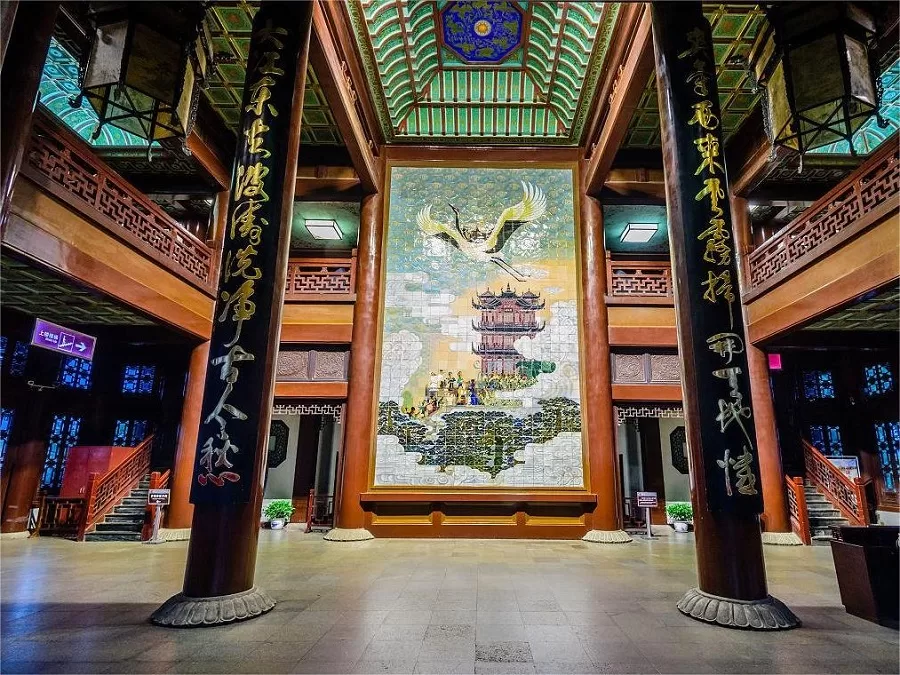
First Floor: The first floor boasts a spacious and grand hall with a remarkable central caisson ceiling reaching over 10 meters in height. Adorning the front wall is a massive ceramic mural portraying “White Clouds and Yellow Crane,” flanked by columns that suspend 7-meter-long couplets. These couplets proclaim, “Invigorating air comes from the west, clearing the sky and earth; The great river flows eastward, washing away the worries of the past and present.”
Second Floor: The second-floor hall features a marble-carved “Yellow Crane Tower Record” written by the Tang Dynasty scholar Yan Bo. This record chronicles the history and anecdotes surrounding the Yellow Crane Tower. Two murals on either side depict “Sun Quan’s Construction,” illustrating the birth of the Yellow Crane Tower and the city of Wuchang. The second mural, “Zhou Yu’s Banquet,” reflects the visits of famous figures to the tower during the Three Kingdoms period.
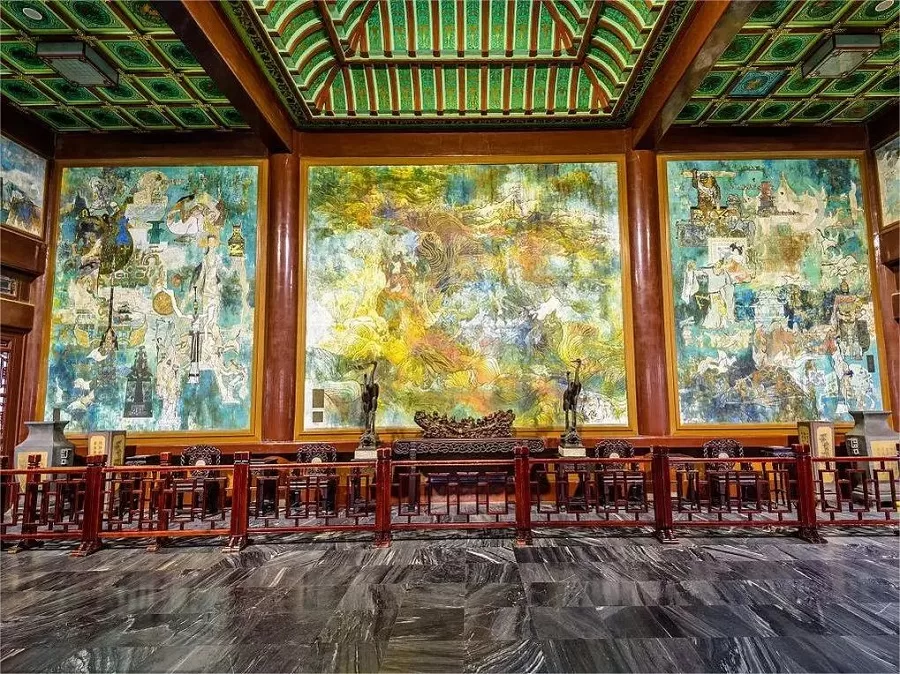
Third Floor: The third-floor hall showcases embroidered portraits of renowned Tang and Song Dynasty literary figures, such as Cui Hao, Li Bai, and Bai Juyi. Excerpts from their poems that celebrate the Yellow Crane Tower adorn the walls.
Fourth Floor: The fourth floor is divided into smaller chambers by folding screens, featuring contemporary calligraphy and paintings by notable artists for visitors to appreciate and purchase.
Fifth Floor: The top-level hall on the fifth floor exhibits a long scroll titled “A Myriad Miles Along the Yangtze River” and a collection of murals, offering a captivating visual journey through the landscape and culture of the Yangtze River.
Vlog about Yellow Crane Tower
Legends about Yellow Crane Tower
Lü Dongbin’s Ascension to Immortality:
According to legend, on May 20th, Lü Dongbin ascended to immortality from the Yellow Crane Tower, leaving behind traces of his divine journey. It is said that Lü Dongbin’s meditation and alchemical practices took place in the cave on Snake Hill, where the tower is situated. Various stories also attribute other miraculous events to Lü Dongbin at the Yellow Crane Tower, such as selling immortal peaches or imparting wisdom to mortals.
Xun Qing and the Immortal’s Revelry:
This legend, dating back to the Southern and Northern Dynasties, tells of Xun Qing, a Taoist who frequently visited the Yellow Crane Tower after his travels. One day, an immortal figure in colorful attire arrived on a crane and shared wine with Xun Qing before departing on the crane. This mysterious immortal never revealed his name.
Fei Yi’s Crane Flight to Immortality:
Fei Yi, a statesman during the Three Kingdoms era, is said to have attained immortality and often visited the Yellow Crane Tower while riding a crane. In his honor, the tower was named the Yellow Crane Tower. A pavilion dedicated to Fei Yi can still be found on the northeast slope of the hill.
The Immortal Zian and the Yellow Crane:
Legend has it that a Daoist named Zian, or Huang Zian (Yellow Crane), frequently flew over the area riding a yellow crane. Some accounts even suggest that a yellow crane called out his name from a tree while he was meditating, prompting him to take flight. This story inspired the famous line in Li Bai’s poetry: “The white dragon descends over Lingyang, the yellow crane calls for Zian.”
Xin’s Tower in Gratitude:
This widely circulated legend centers around a man named Xin who earned his living by selling wine. A destitute traveler frequently asked Xin for a drink, and Xin generously provided him with wine for half a year. The traveler then painted a yellow crane on the wall of Xin’s establishment and, with a clap and a blow, made the crane come to life and dance. People from all around came to witness the miraculous crane. More than a decade later, the traveler returned, riding the same crane, and flew away. In gratitude, Xin built the Yellow Crane Tower as a memorial.
History of Yellow Crane Tower
The history of the Yellow Crane Tower is a remarkable journey spanning over two millennia. It all began in the year 223 AD during the Three Kingdoms period when Sun Quan, the ruler of Wu, ordered the construction of a military tower on Huanghuji Island in the southwest corner of the newly built Xiakou city. This tower, known as the Yellow Crane Tower, served as a lookout point for military purposes.
Throughout the centuries, the Yellow Crane Tower became the subject of poems and legends. In the year 462 AD, the renowned poet Bao Zhao composed the poem “Climbing Huanghuji” at the tower, marking one of the earliest literary references to this iconic structure. The story of a man encountering an immortal riding a crane at the Yellow Crane Tower was documented in a book called “Shu Yi Ji,” written by the scholar Zu Chongzhi in 469 AD, representing the earliest written account of the tower’s name.
In the subsequent centuries, several historical and literary figures left their mark on the Yellow Crane Tower’s legacy. During the Tang Dynasty, in 723 AD, the poet Cui Hao composed the famous poem “Yellow Crane Tower,” further contributing to the tower’s literary importance and earning it the nickname “Cui’s Tower.”
However, the physical structure of the Yellow Crane Tower experienced a series of rises and falls over the centuries. It underwent numerous renovations and rebuilds during the Ming and Qing Dynasties, with notable contributions from figures such as Zhou De Xing and Shu Tong. The tower was destroyed multiple times by fires and warfare, yet its historical and cultural significance continued to grow.
The most recent reconstruction of the Yellow Crane Tower occurred in the 1980s. The decision to rebuild the tower was made in 1980, and construction commenced in 1981. The new Yellow Crane Tower was completed in 1985, adhering to the architectural style of the Qing Dynasty’s Tongzhi era. This reconstruction was a testament to the enduring cultural importance of the Yellow Crane Tower, and it remains a symbol of literary and architectural excellence in modern times.
Useful Tips Summarized from Reviews
Transportation Options: Visitors can choose to walk or take a sightseeing bus to enter the park. The fare for the sightseeing bus is 10 yuan per person.
Millennium Bell: Inside the park, there’s a Millennium Bell where you can strike the bell for a fee of 30 yuan per strike.
Daytime and Nighttime Experience: During the day, visitors can enjoy the serene beauty of Yellow Crane Tower Park. At night, there are light shows and live song and dance performances.
Night Tour Activities:
- Goose Pond Performance Times: 19:45, 20:20, 21:20
- Poetry Tablet Gallery Performance Times: 19:55, 20:30, 21:30
- Cui Hao Wall Performance Times: 20:05, 20:35, 21:05
- Yellow Crane Tower Main Building Light Show Times: 19:50, 21:00, 21:50
Location and Photography: Exit from Exit C of Simenqiao Station on Line 5. Upon exiting the elevator, you’ll find photography spots where many photographers are available. The photography fee is 10 yuan per person per photo or 15 yuan per couple per photo. Payment is made after the photos are taken, and the original images will be directly sent to you.


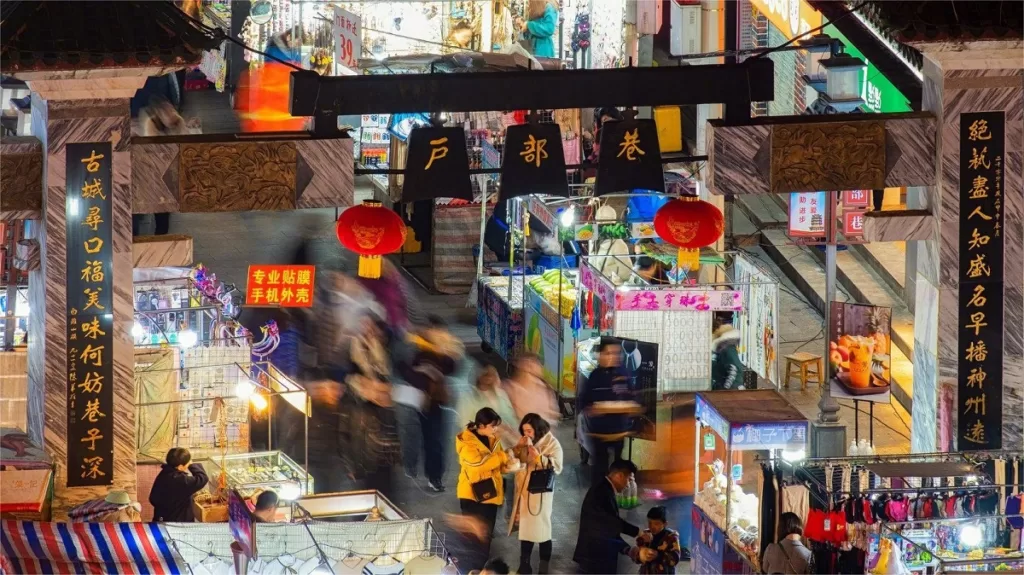
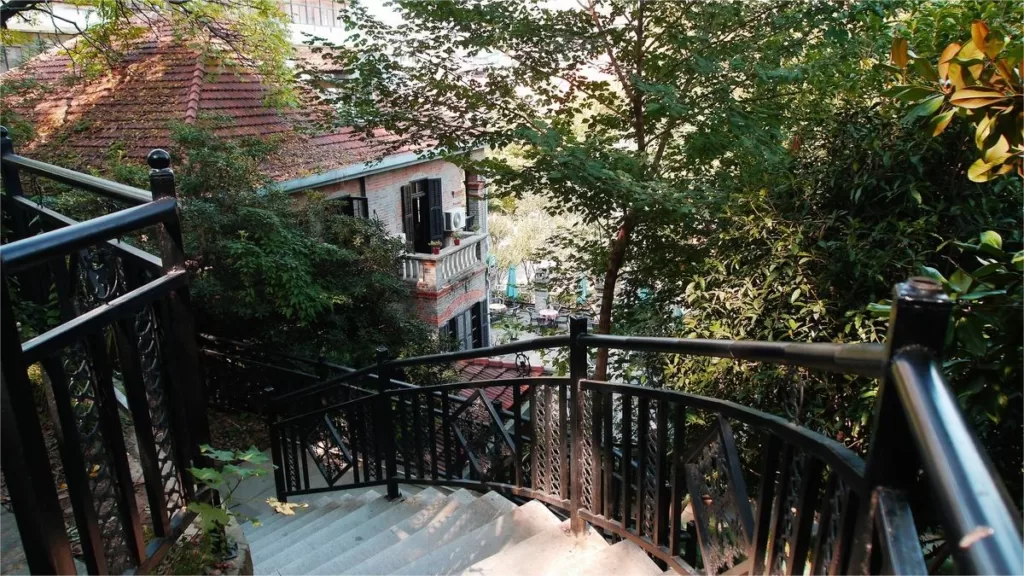
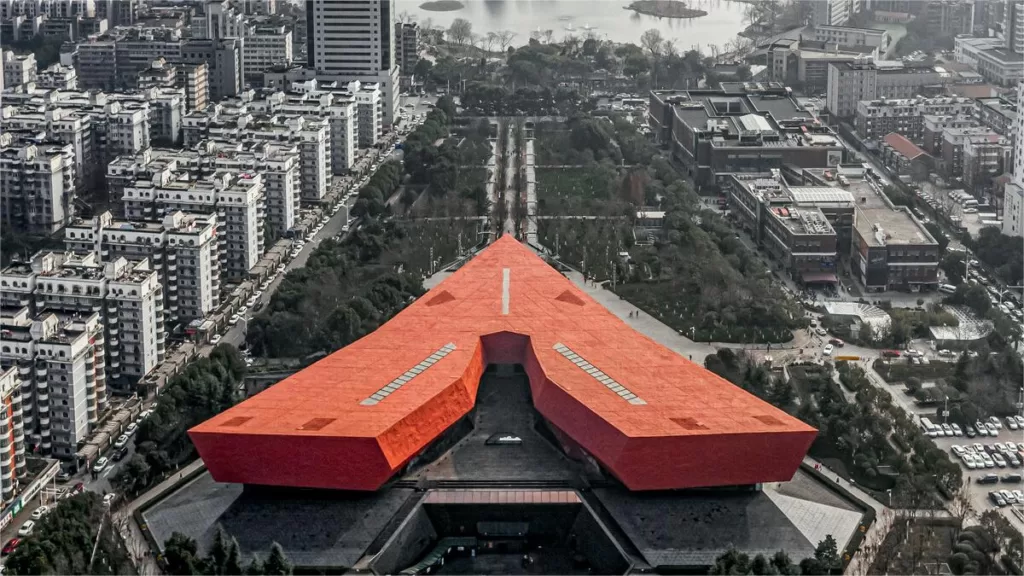
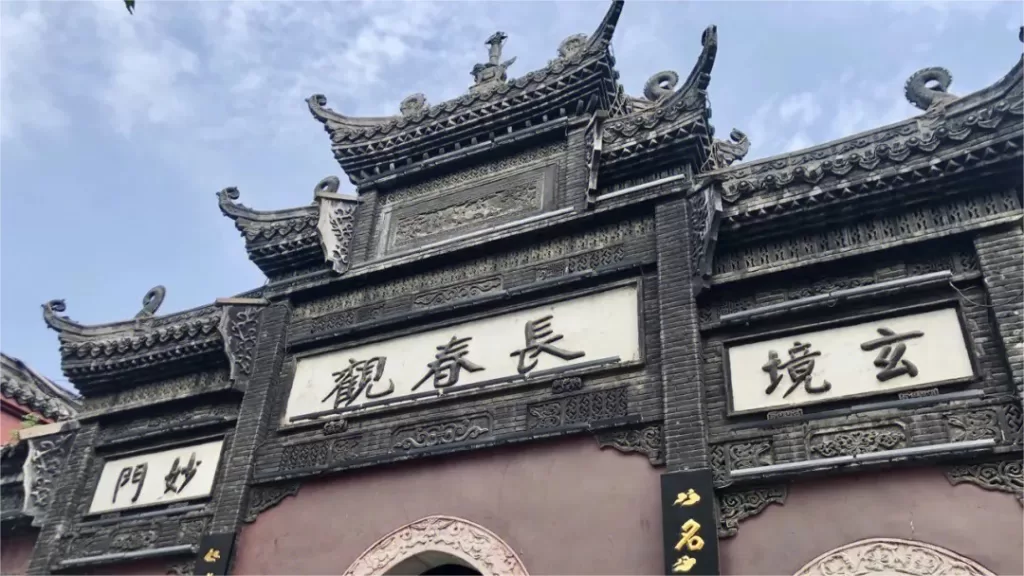
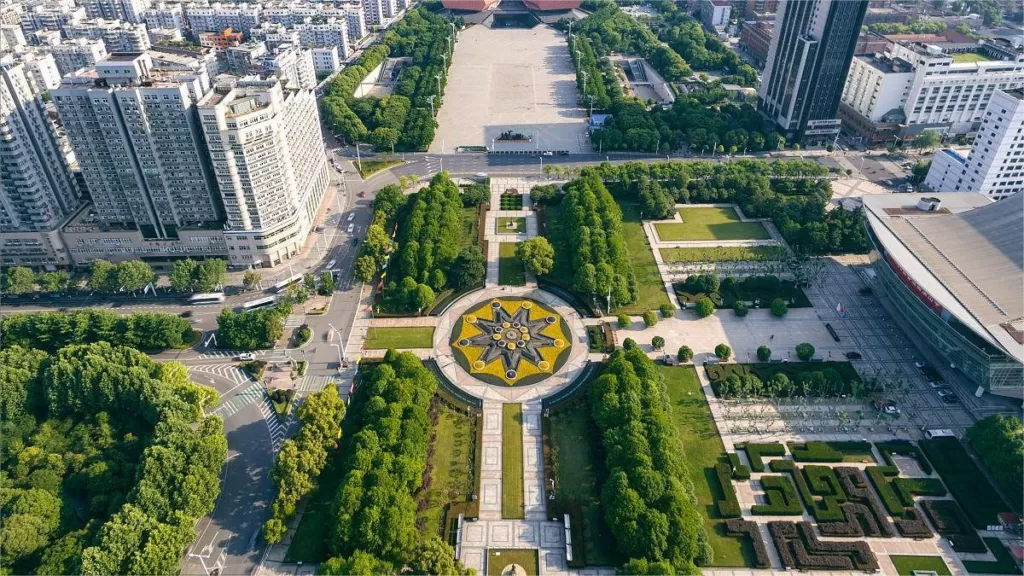
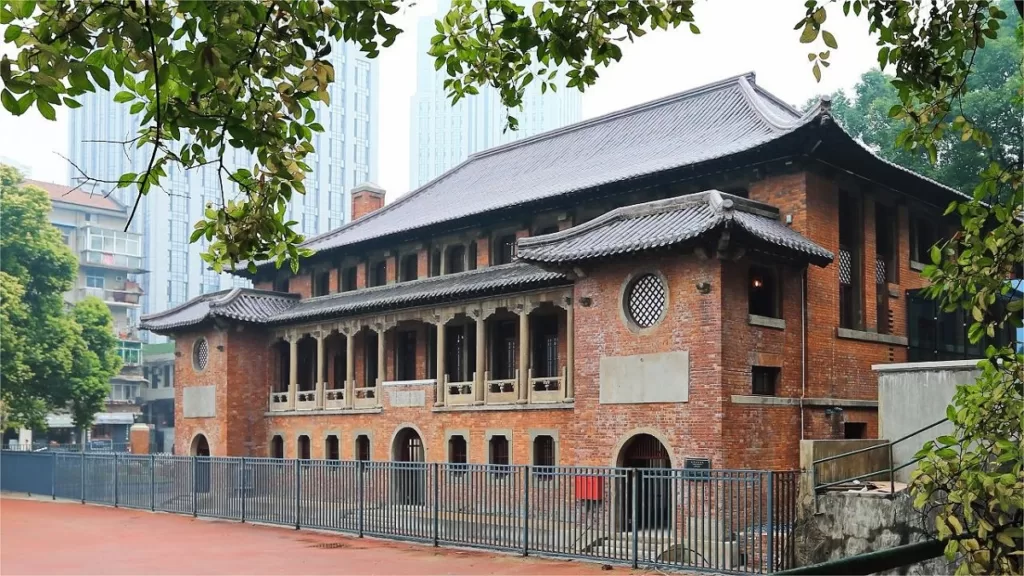
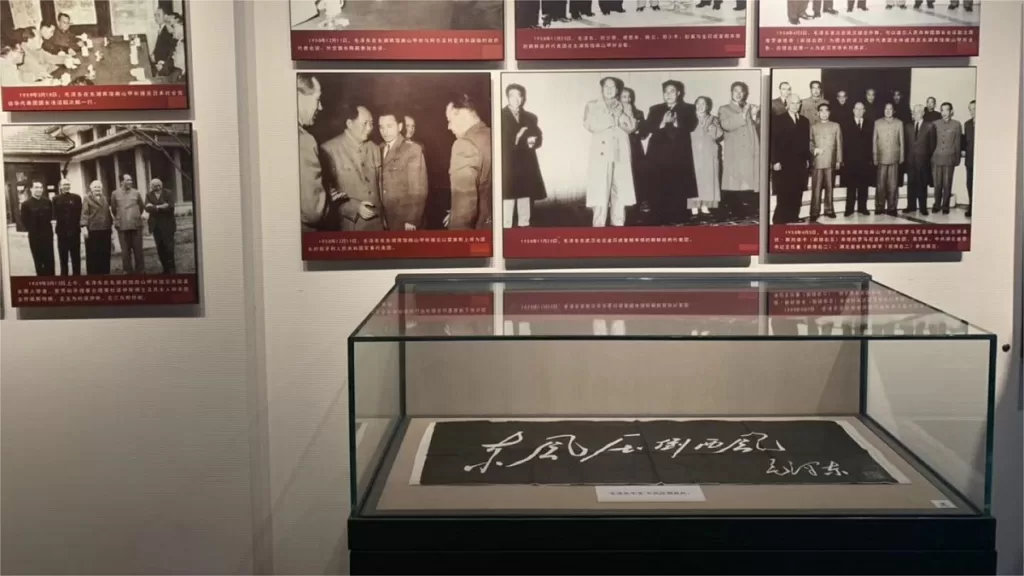
0 Comment